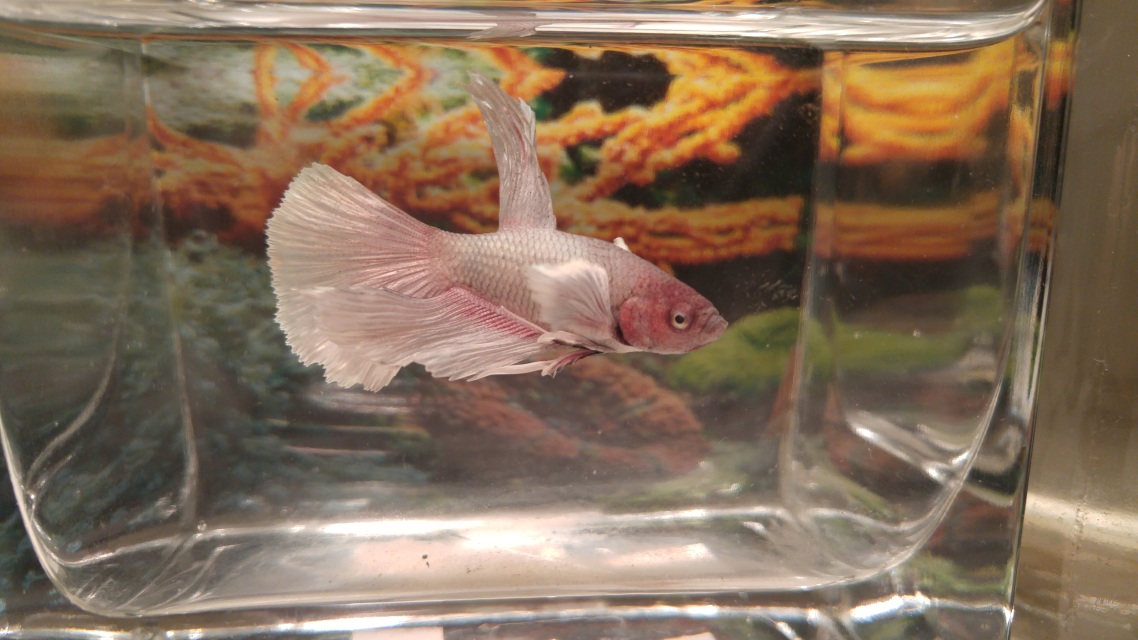

This fish is similar to the Double-Ray Crown Tail Bettas, except that instead of having two conjoined spikes emerging from the rest of the fin, it has four the result of the fish in question having tertiary branching. It ideally should not extend beyond the bottom of the caudal. The anal fin is roughly rectangular in shape and similar in size and shape to the dorsal. The tail fin ideally has sharp corners at the top and bottom. The caudal fin is D-shaped with at least secondary branching (four rays at the caudal edge) and a spread of 180°.
DUMBO HALFMOON BETTA FULL
The ventrals are full and relatively short to maintain the overall balance of the betta’s fins.

DUMBO HALFMOON BETTA HOW TO
As with asymmetrical Halfmoon plakats, because good symmetrical halfmoon plakats have a caudal spread of 180˚, they are commonly sold under the catch-all names of Halfmoon plakat.Types of Betta Fish By Betta Tail Types How To Identify Symmetrical Halfmoon Plakat Betta Male Symmetrical Halfmoon Plakat Betta In terms of form, symmetrical Halfmoon plakats should meet the same criteria as their long-finned Halfmoon counterparts. Hence the name symmetrical: If you draw a horizontal line through the fish, the top half will more or less mirror the bottom half (ignoring the ventral fins). As with long-finned halfmoons, the goal is symmetry. All unpaired fins are of approximately equal length and, when fully spread, overlap so that there are no gaps between the unpaired fins when the fish is the view from the side.Īlso known as the short-fin halfmoon, or short moon, the symmetrical halfmoon plakat is generated to integrate all the long-finned halfmoon. The male betta has long ruffled fins with straight caudal rays, At least quinary branching in the caudal fin (16 rays at the caudal edge).An angle of 180˚ or more between the upper and lower caudal rays. Although they can be gorgeous, rosetail bettas are something of a double-edged sword when it comes to breeding.

This overlapping petals effect is where the term ‘rosetail’ comes from. The result of this excessive branching is that the fins take on a ruffled appearance, which can often look like the overlapping petals of a flower. In the caudal fin, the rosetail trait usually manifests itself as a minimum of 16 rays per branch at the caudal edge and a caudal spread of over 180˚. The rosetail bettas are characterized by excessive branching in all three of the unpaired fins. The anal and dorsal fin rays are longer than the caudal fin rays. The caudal rays only split in two once before reaching the outer edge of the fin (primary branching). The dorsal fin is as broad and wide as the anal fin. The fish has two caudal lobes, neither of which spread unusually wide and both of which are somewhat almond-shaped. The Female resembles a shortened version of the male’s fins. As a result, the two tails appear to bend away from each other. The inner rays of each caudal lobe are more curved than the outer rays. The dorsal and anal fins are shorter at the front than at the back and often longer than the fish’s body. The dorsal fin is similar in size to the anal fin. The Male has unpaired fins, and ventrals are long and flowing. How To Identify Double Tail Veiltail Betta Male Double Tail Veiltail Betta Double tail veil tail bettas, like their single tail counterparts, are hard to mistake thanks to their two long, roughly almond-shaped tails, placed one above the other.


 0 kommentar(er)
0 kommentar(er)
